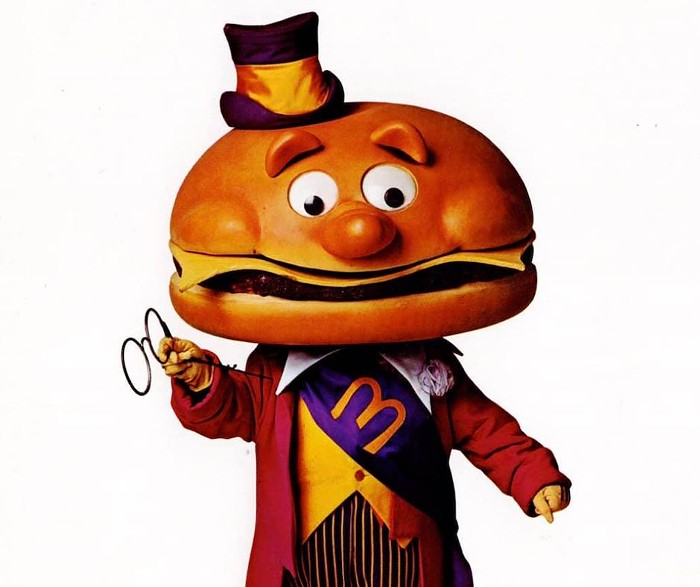I've been kicking a post around in my head about the New York Times' coming paywall for a couple days, but John Gruber went ahead and wrote it for me, which allows me to eat cookies instead.
One thing many companies — in any industry — can learn from Apple is the importance of simple pricing. If you make it easy for people to understand how much they’re paying, and what they’re paying for, it is more likely that they’ll buy it. Or perhaps this is driven more by the converse: if people are confused about how much they have to pay, they’re more likely not to. The decision to purchase and the act of paying are part of the experience for any product or service, and should be designed accordingly.Not paying is always simple.
The whole thing is worth a read.
The Times' paywall pricing scheme is confusing, complicated, and expensive beyond reason. Even full-time media/tech/business pundits can't quite work out all the details.
Particularly galling is the additional charge to use the iPad app, even if you're already paying to use the iPhone app. Putting aside that their apps on both devices are mediocre at best, that's like the water company charging you more for every glass in your house. An app should be an extension of a content website, not a separate portal with separate charges. If you're charging for content at all, make it available on as many platforms as possible for the same price. You'll add value with each new app, while also gaining customers from the ranks of fans of that platform. Seems obvious.
I love the Times, and I get the paper edition on Sundays, so I'll still get all access without paying extra (actually for less! that makes sense!) but I'll be shocked if this is anything but an utter failure at generating real revenue online.
What a shame. The Times had a chance to innovate here, to take their incredibly powerful brand and (maybe) show that it's possible to get people to pay for quality content the same way iTunes showed that it's possible to get people to pay for music, movies, and apps. Instead they came up with a complex, user-hostile mess that goes exactly backwards.












